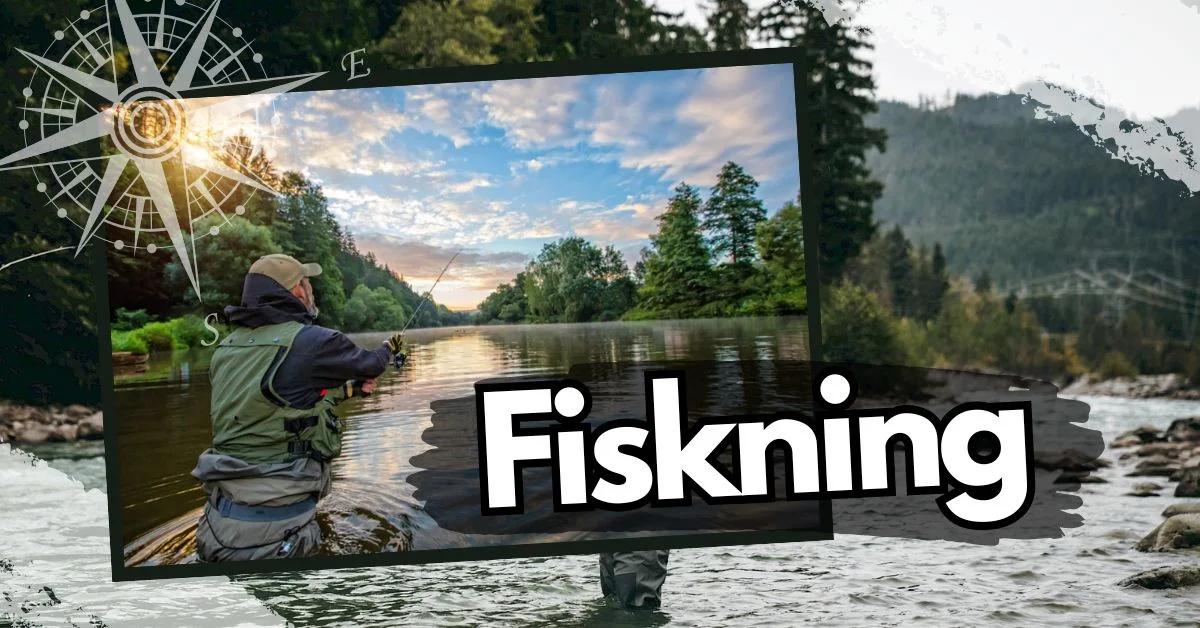Introduction
Fiskning, a term rooted in Scandinavian culture, evokes images of tranquility, patience, and a deep connection with nature. At its core, fiskning embodies the art and science of fishing, transcending mere recreation to become a profound and enduring tradition. In this comprehensive exploration, we delve into the rich tapestry of fiskning, examining its historical significance, its techniques, its ecological impact, and its enduring appeal in contemporary times.
Origins and Historical Significance
To understand fiskning is to delve into the annals of history, where the practice finds its roots intertwined with the very fabric of human civilization. Dating back thousands of years, fishing served as a vital means of sustenance for early societies, fostering innovation in tools and techniques to harvest the bounty of the waters. In Scandinavian lore, fiskning emerged not only as a means of survival but also as a cultural cornerstone, with myths and legends venerating the prowess of skilled fishermen.
Techniques and Equipment
Central to the art of fiskning are the techniques and equipment employed by practitioners. From traditional methods like handlining and net fishing to modern innovations such as rod and reel, the spectrum of techniques is as diverse as the ecosystems they inhabit. Each technique carries with it a unique set of challenges and rewards, requiring a blend of skill, intuition, and adaptability. Moreover, the equipment used in fiskning reflects centuries of refinement, with craftsmen honing their tools to perfection, whether it be the intricately designed hooks of antiquity or the precision-engineered reels of the present day.
Ecological Considerations
As stewards of the natural world, fiskning enthusiasts are acutely aware of the delicate balance that exists within aquatic ecosystems. Sustainable practices are paramount, ensuring that the pursuit of fish does not come at the expense of their populations or the habitats they inhabit. From catch-and-release initiatives to regulations on bag limits and seasons, efforts abound to safeguard the long-term health of fish stocks and preserve the environments they call home. Moreover, fiskning serves as a gateway to environmental awareness, fostering a deeper appreciation for the interconnectedness of all living things.
Cultural and Social Dimensions
Beyond its practical aspects, fiskning holds a cherished place in the cultural and social fabric of communities around the world. Whether it be the camaraderie shared between friends on a leisurely fishing trip or the solemn rituals observed in indigenous fishing traditions, fiskning transcends language and borders to unite people in a shared pursuit. Moreover, fiskning often serves as a conduit for passing down knowledge from one generation to the next, ensuring that age-old traditions remain vibrant and relevant in an ever-changing world.
Health and Well-being
In an era marked by the hustle and bustle of modern life, fiskning offers a sanctuary of solace and rejuvenation for body, mind, and spirit. The act of fishing demands a presence of mind and an attunement to the rhythms of nature, providing a respite from the stresses of everyday life. Moreover, the physical exertion involved in fiskning promotes fitness and vitality, while the tranquility of the natural environment fosters mental clarity and emotional well-being. In this way, fiskning serves not only as a pastime but also as a form of therapy, nourishing the holistic health of those who partake in its practice.
Challenges and Opportunities
Despite its timeless appeal, fiskning faces a myriad of challenges in the modern age. Pollution, habitat destruction, overfishing, and climate change threaten the very ecosystems upon which fiskning depends, necessitating concerted efforts to mitigate these threats and promote sustainability. Moreover, shifting demographics and changing lifestyles pose challenges to the future of fiskning, requiring adaptation and innovation to ensure its continued relevance in the years to come. Yet, amid these challenges lie opportunities for growth and renewal, as fiskning enthusiasts work tirelessly to protect the traditions they hold dear and inspire future generations to carry the torch forward.
Conclusion
In conclusion, fiskning stands as a testament to the enduring bond between humanity and the natural world. From its ancient origins to its modern-day manifestations, fiskning embodies the timeless pursuit of connection, discovery, and stewardship. As we navigate the complexities of the 21st century, may we continue to honor the traditions of fiskning, preserving its legacy for generations yet to come.








+ There are no comments
Add yours